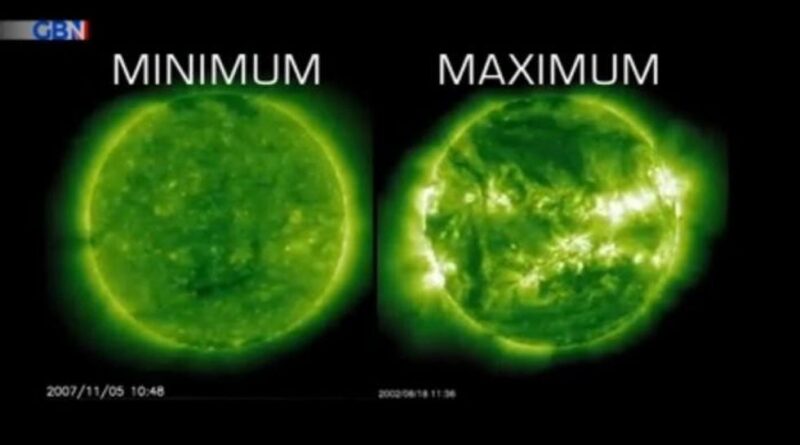Nasa space probe to ‘touch the sun’ in landmark mission
A Nasa probe is set to be the closest a man-made object has ever got to the Sun.
Nasa’s Parker Solar Probe is set to race past the Sun at the astonishing speed of 195 km/s, or 435,000 mph.
The Parker probe is set to fly just 6.1 million km, or 3.8 million miles from the Sun’s “surface”.
Scientists have described it as being one of the most audacious missions ever conceived.
Parker project scientist Dr Nour Raouafi said: “We are basically almost landing on a star.”
The speed of the vessel will come from the massive gravitational pull it feels as it falls towards the Sun. It will be akin to flying from New York to London in under 30 seconds.
At the point in the probe’s orbit nearest the star, known as the perihelion, the temperature on the front of the spacecraft will reach around 1,400C.
It aims to make measurements of the solar environment with a suite of instruments deployed from behind a thick heat shield.
US LATEST:
‘Nah f*** that b****!’ Las Vegas judge is attacked by freshly-convicted criminalIowa shooting: One dead and multiple injured as gunman opens fire in US high schoolCovid masks return to some US hospitals as face coverings made compulsory
Researchers hope to gain new knowledge on some key solar processes, including a clearer explanation of the workings of the corona, the Sun’s outer layer.
The temperature of the Sun at the surface, known as the photosphere, is roughly 6,000C but within the corona it can reach a staggering million degrees and more, contrary to behaviour on other celestial bodies such as planets, where temperature tends to increase.
Within the corona region, an outward flow of charged particles, electrons, protons and heavy ions, suddenly gets accelerated into a supersonic wind moving at 400 km/s, or 1,000,000 mph.
These two phenomena have baffled scientists, but experts agree it’s critical to improving forecasts of solar behaviour and the phenomenon of “space weather”.
Parker has three more planned approaches to the Sun in 2024 before it then swings around Venus on November 6 to help bend its orbit ahead of the December 24 approach.
Head of science at Nasa Dr Nicky Fox said: “We don’t know what we’ll find, but we’ll be looking for waves in the solar wind associated with the heating.
“I suspect we’ll sense lots of different types of waves which would point to a mix of processes that people have been arguing over for years.”

